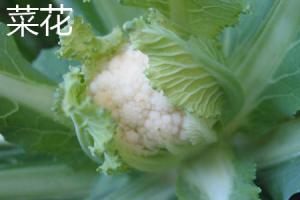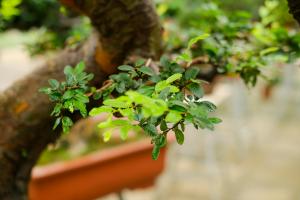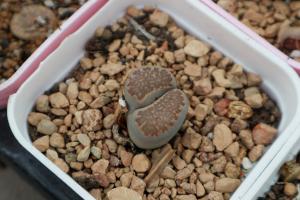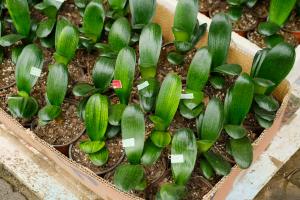Introduction
Tomatoes are one of the most popular vegetables (although technically a fruit) grown around the world. Unfortunately, they are also prone to leafminers, a tiny pest that can cause significant damage to the leaves, flowers, and fruit of the plant. Leafminers are tiny maggots that tunnel through the leaves, causing unsightly trails and ruining the plant's foliage. If left uncontrolled, leafminers can have a devastating effect on your tomato crop. In this article, we will discuss how to control leafminers on tomato plants.
Identifying Leafminers
The first step in controlling leafminers is identifying them. Leafminer damage can be recognized by the winding, light colored trails mine through the tomato leaves. The damage may resemble tiny white or yellow squiggles in the leaves. If you suspect that your tomato plants have leafminers, examine the leaves carefully from the underside. Usually, small creamy-white, rather plump maggots will be visible, often with a black head, feeding on the leaf tissues. The flies are typically small and black, but in some species, they can be metallic green or bronze. Proper identification is essential for effective control.
Cultural Control
One of the easiest and most effective ways to control leafminers is through cultural practices, such as proper sanitation and crop rotation. Keeping your garden free of weeds and other debris can reduce the risk of leafminer infestation. Rotate your tomato crops every year, and avoid planting them in the same spot for two consecutive years; this will reduce the likelihood of a buildup of leafminers in the soil. You can also use floating row covers to keep adult leafminers from laying eggs on your plants.
Biological Control
Biological control or using the natural enemies of leafminers is another effective way to control these pests. Parasitic wasps, which are small wasps that do not sting humans, are a natural predator of leafminers. They lay their eggs inside the bodies of the larval stage of the leafminer, and the wasp larvae subsequently feed on the leafminer. The use of parasitic wasps can be very effective in controlling leafminers. Another biological control method is introducing predatory insects, such as lacewings that feed on the larvae of the leafminer. These methods are safe, natural, and environmentally friendly, and they can be very effective when used correctly.
Chemical Control
If cultural and biological control methods are not enough to control a severe infestation of leafminers, chemical control may be necessary. There are many chemical pesticides available on the market that can be used to control leafminers on tomato plants. However, be sure to use these chemicals sparingly and follow all label instructions. Overuse of chemicals can lead to resistance by pests, environmental damage, and health risks for humans and animals.
Conclusion
Controlling leafminers on tomato plants can be challenging, but it is essential to prevent these pests from damaging your tomato crop. Identify the problem early, use good cultural practices, and consider biological control methods before resorting to chemical pesticides. With proper prevention and control methods in place, you can enjoy a healthy tomato harvest year after year.

 how many times do yo...
how many times do yo... how many planted tre...
how many planted tre... how many pine trees ...
how many pine trees ... how many pecan trees...
how many pecan trees... how many plants comp...
how many plants comp... how many plants can ...
how many plants can ... how many plants and ...
how many plants and ... how many pepper plan...
how many pepper plan...

































